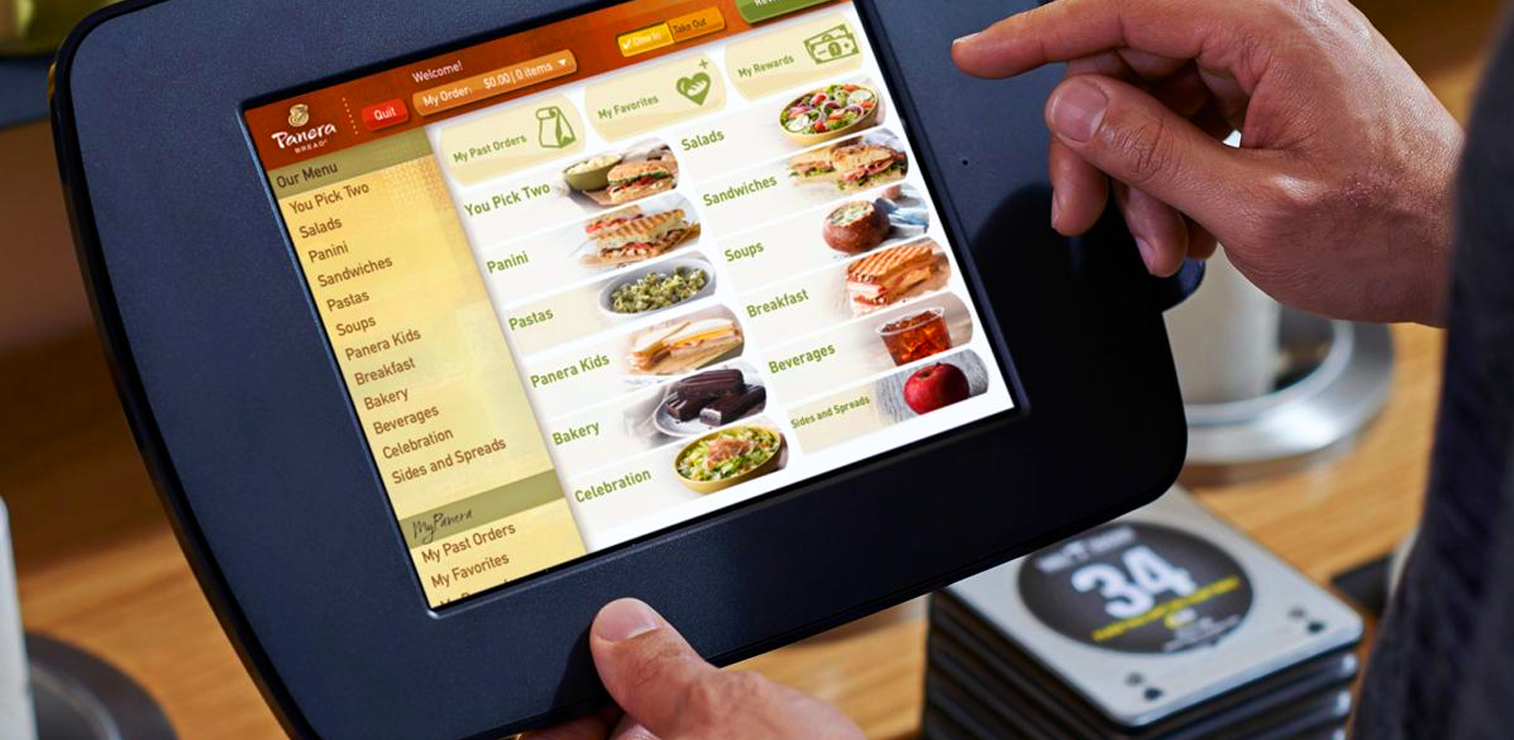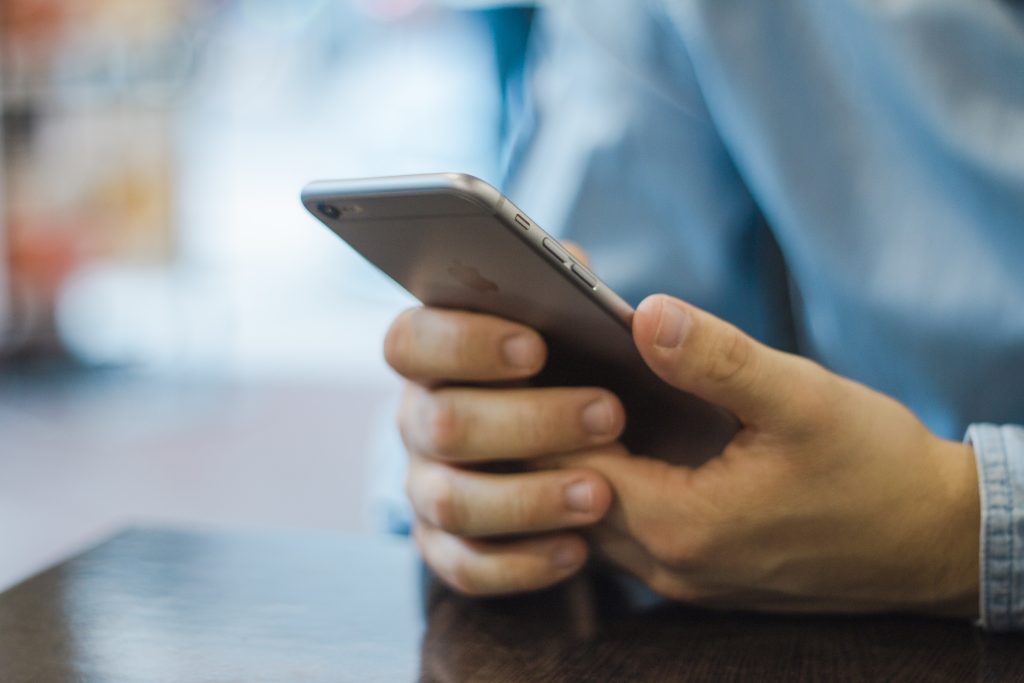Apple has been known to mainstream a lot of technology that might be considered to be marginal. Whether you agree with this or not but the removal of the headphone 3.5mm is one example of this risk-taking that mainstreams the whole industry. We say mainstreaming because a lot of smartphone producers are silently cutting out the 3.5mm adaptor in their new models, not all of course, but the industry designs are slowly going in that direction.
Why are we talking about Apple? Because one thing that they are trying to mainstream now that we think is interesting is facial recognition. Now by no means that Apple was the first one to think of using facial recognition as a security tool for your phone, in fact, we give nods to Samsung for beating Apple in that race. But this blog post isn’t about which company is better because there is a lot of opinion about this topic out there. This blog post is about how identification technology is evolving and how it’s going to change the way any businesses with a storefront recognize their customers.
When we think about the most “advanced” way that we can use technology in a brick and mortar setting, we think about how we could design an App shove it in the user’s phone and interact with the customers; operations like:
- Greetings
- Ordering
- Making a Sale (via E-pay methods)
- Feedback for improvements
All of the above we can do using a well-designed app and having the customers interact with the business while they are in store, thereby getting a personal touch but also increasing queue efficiency.
Right now, it’s all done through your phone, and while it might be hard to imagine, we here at Wali think that this is actually a pretty cumbersome way to get your customers to interact with your business. In fact, an App you design is just “another” thing that users have on their phone, some might not ever use it, and it takes up storage space on their phone. We don’t want that kind of lukewarm brand association especially if you’re a small business. One you don’t have the time or the audience needed to maintain an App, and two you don’t want to be just another thing out there just to saturate the already bloated App market. So if you can’t make an App and be on the customer’s phone all the time, what do you do?
Before we head into how facial recognition can help to evolve customer touch point for your brick and mortar store, we like to look at a business who might be doing this already; albeit the tech is still pretty basic.
Panera’s kiosks
Don’t get us wrong Panera is not the only company doing this, however, we like Panera. 😍
If you ever walked into one of their stores do you ever see this?

That’s a self-service tablet that is fully self-help when you go into any Panera bread store. If you’re an introvert, you won’t ever have to interact with another human being if you don’t want to at Panera. Neato!
But this kiosk serves as not just to order, but they take payment as well. Allowing you full control of being self-help, AND it also recommends more items for you too. Like if you get the soup, they might entice you to buy an additional piece of bread (or whatever.) Additionally, if you’re a Panera member, swipe your ID card or whatever they need to ID you, and it will bring up your rewards program for you, lovely right?
All of the above of course still require you to do a lot of input on your end. And with a lot of input that means a lot of things you’re going to want to bring with you, either your phone for your membership rewards (cause it’s usually an app) or your wallet for a method of payment.
What if…the tablet recognizes your face, and ID you like that instead of numeric identification.
Imagine walking up to the tablet and using your face after the tablet could:
- Recognized you, say hello to you with your name like “Hello, Emily.”
- Identified who you are so the tablet can suggest what you might be interested in for the day. If you frequent the shop, they might suggest something else to give you taste buds some adventure.
- The tablet already knows who you are, so they automatically check to see which if you qualify for any rewards should you be enrolled in the business’ rewards program.
- Now, if you frequent the business and want to quickly order without the hassle, you could put a payment option on file for your account so that you can just pay without the hassle of bringing your wallet.
- The customer, of course, has access to their profile at an online web browser or via app should they want it. This is, of course, an optional benefit. In fact, we only include it because it’s something extra that customers in our experience usually like. People like to be in control of their own account and such.
We like the interaction above rather than having you to input your information in the tablet because it’s smoother more efficient and overall smarter experience. Why do we say smarter experience? Because right now, regarding brick and mortar customer touch point technology, it’s almost the equivalent of an HTML website without CSS. Sure it gets the job done, but it doesn’t feel smooth and pretty and smart. The advanced tech stuff like facial recognition is just another layer to that customer touch point, the “wow” vanity factor that helps your business stand out more.
But of course, vanity isn’t everything. You want to know how stuff like a tablet kiosk, and facial recognition blah, blah, blah, help you with your bottom line for your business. Well, consider this:
If you know your customers well enough, you know how to sell to your customer.
That is the main point of this technology is all about trying to get to know your customer as a person. They have taste, preferences, and heck, different faces. The more of an attempt your business make to get to know your customers, the better the relationship is. It’s not about mass messaging but instead catering to individual tastes and likings. Even a small business has to recognize the importance of knowing how your customers operate because knowing and not knowing is the difference of returned customer.
A smooth customer interface platform is an excellent customer service agent versus a lousy customer service agent. Of course, a customer service agent isn’t the closer to your sales team or whatever, but they do give impression onto your business. And you always want to give the best impression ever!
